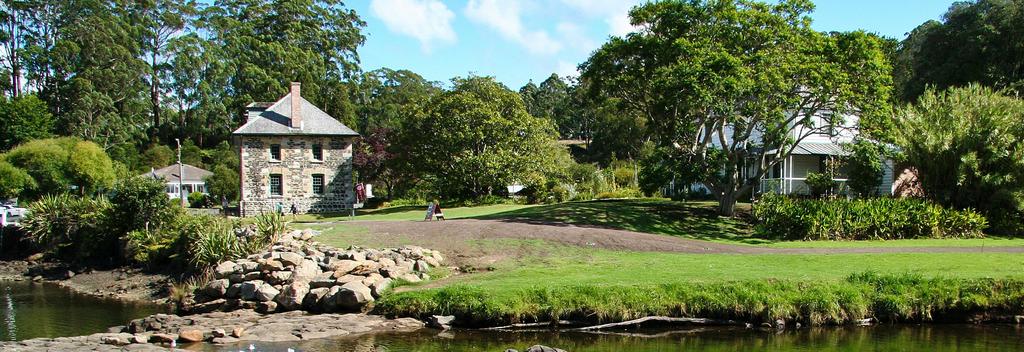-
Popular places to visit
Popular things to do
Helpful tips
Here's a few useful links to help with planning your trip to Aotearoa New Zealand.
-


Though a Dutchman was the first European to sight the country, it was the British who colonised New Zealand.
The first European to sight New Zealand was Dutch explorer Abel Tasman. He was on an expedition to discover a great Southern continent ‘Great South Land’ that was believed to be rich in minerals. In 1642, while searching for this continent, Tasman sighted a ‘large high-lying land’ off the West Coast of the South Island.
Abel Tasman annexed the country for Holland under the name of ‘Staten Landt’ (later changed to ‘New Zealand’ by Dutch mapmakers). Sailing up the country’s West Coast, Tasman’s first contact with Māori was at the top of the South Island in what is now called Golden Bay. Two waka (canoes) full of Māori men sighted Tasman’s boat. Tasman sent out his men in a small boat, but various misunderstandings saw it rammed by one of the waka. In the resulting skirmish, four of Tasman’s men were killed.
Tasman never set foot on New Zealand, and after sailing up the West Coast, went on to some Pacific Islands, and then back to Batavia (now Jakarta) in the Dutch East Indies (now Indonesia). His mission to New Zealand was considered unsuccessful by his employers, the Dutch East India Company, Tasman having found ‘no treasures or matters of great profit’.


Beautiful Wainui Beach in Gisborne is a place to catch waves and sunrises.
Captain James Cook, sent to Tahiti to observe the transit of Venus, was also tasked with the search for the great southern continent thought to exist in the southern seas. Cook’s cabin boy, Young Nick, sighted a piece of land (now called Young Nick’s Head) near Gisborne in 1769. Cook successfully circumnavigated and mapped the country, and led two more expeditions to New Zealand before being killed in Hawaii in 1779.
Prior to 1840, it was mainly whalers, sealers, and missionaries who came to New Zealand. These settlers had considerable contact with Māori, especially in coastal areas. Māori and Pākehā (Europeans) traded extensively, and some Europeans lived among Māori. The contribution of guns to Māori intertribal warfare, along with European diseases, led to a steep decline in the Māori population during this time.